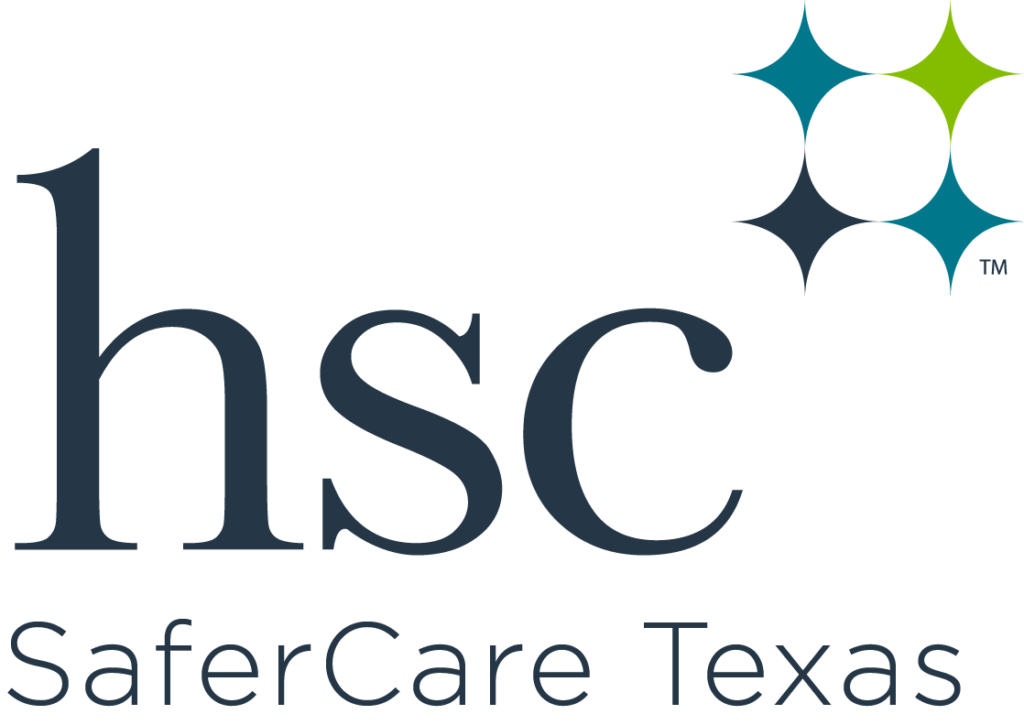COMMUNICATION BETWEEN HEALTH CARE PROFESSIONALS IS KEY
A friend recently began experiencing physical symptoms and was hospitalized, tests were run, and a quite serious condition was discovered. He was discharged from the hospital with referrals to several specialists to pursue a course of treatment. Expressing frustration, he and his wife shared with me that they felt as if they were starting over with each new individual practitioner. They failed to recognize any organized communication or coordination between those practitioners. Following their care journey has reminded me of the benefits of an integrated team approach to care over the more traditional parallel practice model of care.
Parallel Practice Care vs. Integrative Care
In a parallel practice model of care, independent healthcare practitioners share a common patient. Each practitioner performs their role, within their scope of practice with the patient.1 Though communication may occur between these practitioners, it is typically rather informal and may not be evident to the patient and patient care givers. These often ad-hoc care teams typically have no assigned leader or case manager to ensure that information is transferred between practitioners and the patient efficiently. This approach to care often fails to integrate the patient and care givers as a part of the care team. Of the 251,454 deaths per year in America attributed to medical error,2 up to eighty percent of those medical errors are associated to communication errors.3
Integrative care consists of an interprofessional team of practitioners providing a seamless continuum of care. Each practitioner, the patient and their care givers contribute knowledge and skills to develop a shared plan of care.4 This patient-centered approach to care recognizes the importance of communication within and across the care team which includes the patient and their care givers. It can range from care teams that meet with the patient to discuss plans of care, or teams coordinated by an assigned team leader or case manager. Integrative teams are typically non-hierarchical, focused on treating the whole person, valuing the contributions that each practitioner, staff member and patient bring to the team.
Supporting an Integrative Healthcare Model
As a practitioner in the field of mental health, I have had the opportunity to practice within both parallel practice and integrative models of care. I personally found the integrative model of care a much more satisfying practice experience. My friend and his wife fortunately have made their way into an integrative care practice. Though struggling to accept and adjust to a serious medical condition, they report renewed hope in being a part of an interprofessional patient-centered practice, where they feel an integral part of the team.
If you have any questions about these types of healthcare models or would like more information, the SaferCare Texas team is here to support you. You can reach us at 817-735-7633 or by email.
References
- Boon, H. Verhoef, M. O’Hara, D. Findlay, B. (2004) “From Parallel Practice to Integrative Health Care: A Conceptual Framework.” BMC Health Services Research, 4(1):15.
- Makary, M. and Daniel, M. (2016) “Medical Error the Third Leading Cause of Death in the US” British Medical Journal, 353:i2139.
- Joint Commission on Accreditation of Healthcare Organizations. (2012) “Joint Commission Perspectives” 32(8).
- Boon et. al.
Written by David Farmer, PhD, LPC, LMFT on February 26, 2019

